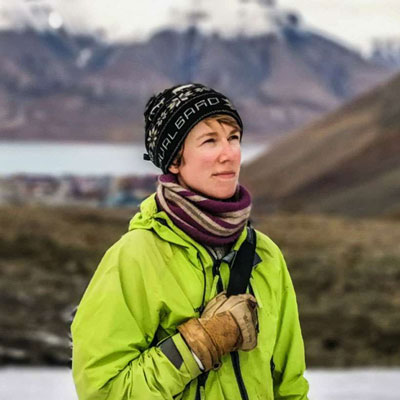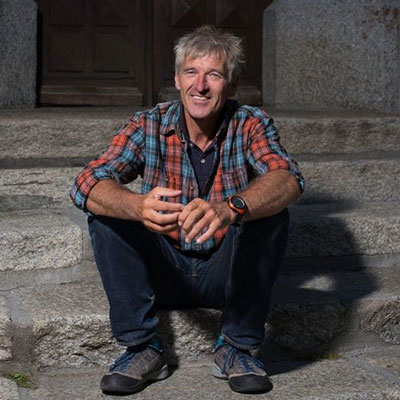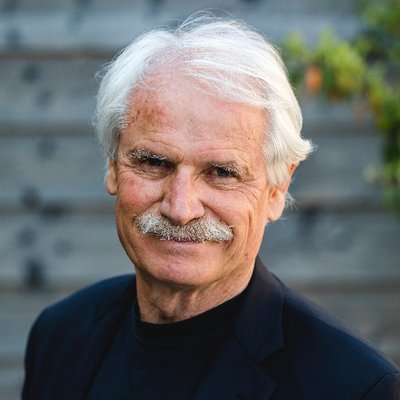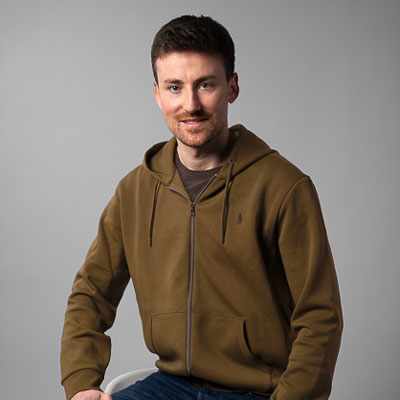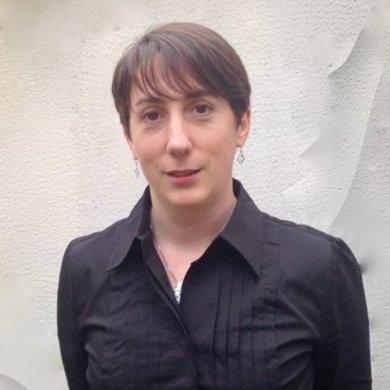Helpdesk / FAQ
User Guides and Updates
Free demo
Timelapse Planner
Order tracking
Shipping
Trade in offers
Contact us
Other Subject on Science and Time-lapse
Planet watch

In 2021, on the occasion of the COP26, Enlaps, the France-base technology company that provides digital image solutions, launched Planet Watch by Enlaps, a project that will enable the collaborative creation of glacier data mapping that is accessible to the entire scientific community, as well as decision makers and citizens. Indeed, in the field of research, timelapse is used a lot for glaciers.
Planet Watch by Enlaps will support this research by providing ten Enlaps Tikee, cameras, as well as free access to the myTikee cloud platform.
Glaciologists who are selected to partake in the initiative will help advance the study of glaciers across the world, by helping to document and measure the impact of global warming.
The aim of this call for projects is to raise public awareness of ecological issues, fuel international initiatives and provide scientists around the world with exclusive and useful data.
On October 31st 2021, the call for Planet Watch by Enlaps projects was opened by Heidi Sevestre (glaciologist, director of communication at ICPP, project coordinator at AMAP) during the COP26. Applicants had until January 15th 2022 to apply online and propose projects that are as carbon-neutral as possible and useful to the international scientific community.
The jury, composed of Antoine Auberton (CEO of Enlaps), Heidi Sevestre, Luc Moreau (glaciologist associated with the Edytem CNRS laboratory), Yann Arthus-Bertrand (President of the Good Planet Foundation), and Sophie Szopa (director of research at the climate and environment laboratory, author of the IPCC Group 1 report), selected the ten projects on the basis of their scientific interest and the emblematic dimension of the chosen location, as well as their technical feasibility.
Browse through the different projects of the first edition of Planet Watch by Enlaps
Open the menu in the top right-hand corner to change glacier and discover the different viewpoints observed.
Exclusive: images of the installation of the cameras!
About the 10 winning projects
Click on the markers to see the description of each project
Selected researchers will have free access to multiple resources, such as a self-sufficient Tikee 3 PRO camera - connected via 4G to the myTikee SaaS cloud platform for editing, analysis and sharing -, scientific support and technical recommendations. Enlaps' Tikee 3 PRO solution, which is energy autonomous thanks to the integration of photovoltaic panels, facilitates research projects due to its remotely data sharing capacity. Already, Enlaps’ Tikee cameras monitor and analyze glaciers across the world, from Santa Isabel (Colombia), to Fellaria (Italy), Combe Maudite (France), Heinabergjokull (Iceland), and many others.
Jury members will be particularly keen to ensure that the data is understood by all citizens and public decision-makers. At the same time, the data will be a source of information for scientists around the world, who need as much data as possible to refine their analyses and recommendations. This digital cartography will be expanded each year, to cover a significant part of the world's cryosphere.
Press release
Download the press release and the press kit 2021
For panoramic views of the Mont Blanc massif,


